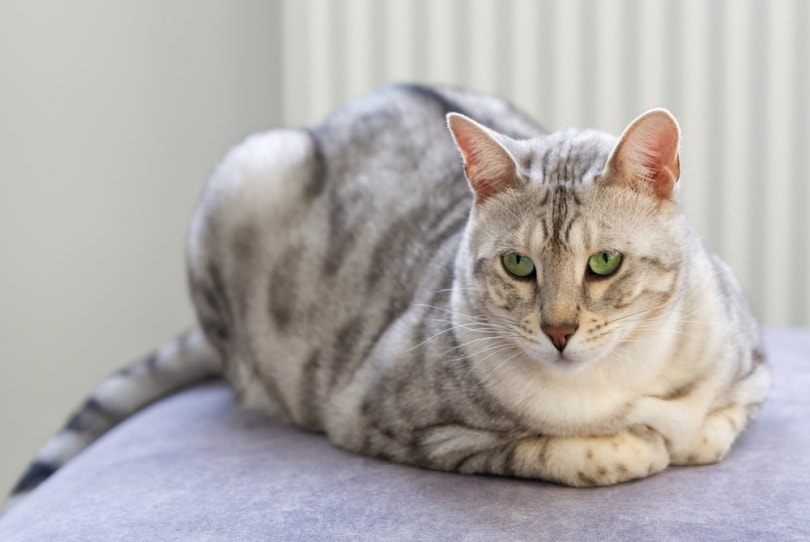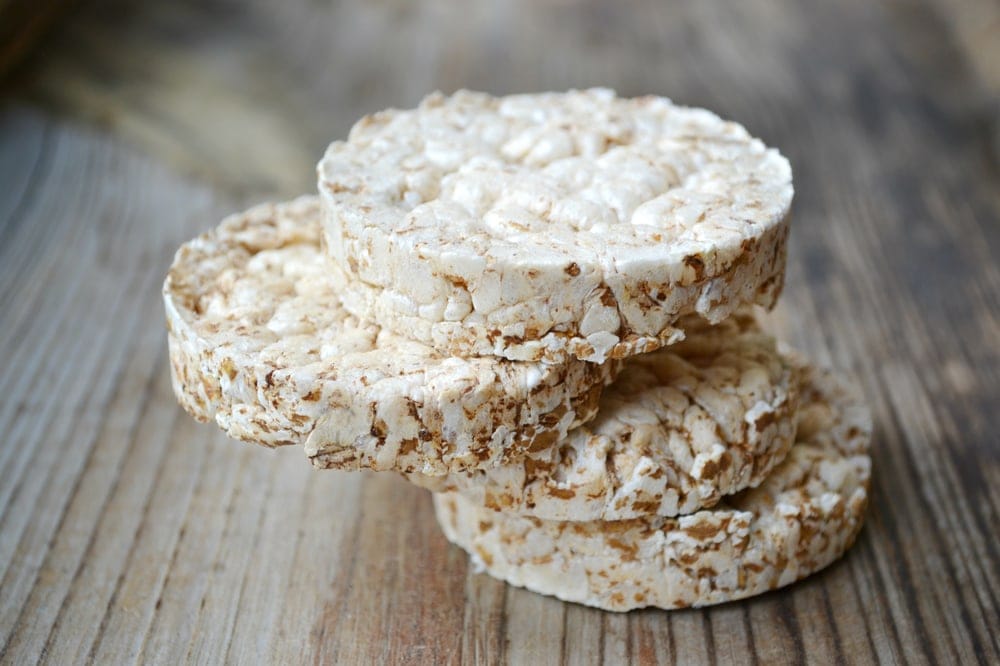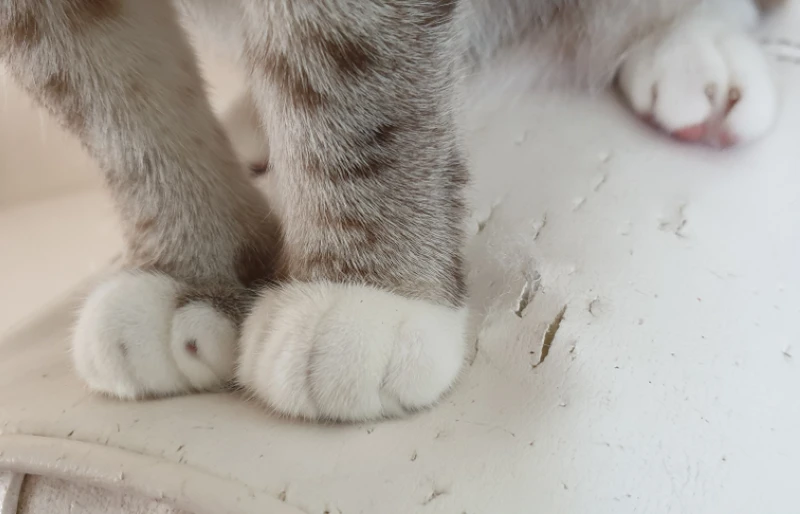Silver Bengal Cat: Facts, Pictures, Origin & History

Updated on

Click to Skip Ahead
The Silver Bengal is an intelligent, active type of Bengal cat¹ that’s highly sought after for their unique patterned coat. This hybrid cat¹ is a striking animal with steel-colored fur contrasted against jet-black markings. At first glance, a Silver Bengal may remind you of a wild jungle cat, but they’re anything but wild and have an affectionate personality.
Breed Overview
| Height: | 13–16 inches |
| Weight: | 8–17 lbs |
| Lifespan: | 10–16 years |
| Colors: | Brown spotted, seal lynx point, sepia, silver, mink |
| Suitable for: | Experienced cat owners |
| Temperament: | Intelligent, energetic, playful |
Whether you’re considering getting a Silver Bengal or are simply interested in learning more about this beautiful cat, we have the information you need. Continue reading to learn more about this cat, starting with their history.
Bengal Characteristics
The Earliest Records of the Silver Bengal Cat in History
All Bengal cats, including Silver Bengals, came about from crossing domestic cats with wild Asian Leopard Cats in the 1960s. An American breeder named Jean Mill worked diligently at crossbreeding to create the Bengal that looks like a mini version of a jungle cat. By the early 1990s, the Bengal cat had exploded in popularity and was accepted by The International Cat Association (TICA) as a recognized breed.
The Silver Bengal came about by breeding a Bengal and an American Shorthair¹ in the 1990s. More specifically, a breeder named Judy Sugden is credited with breeding the first litter of Silver Bengal kittens. Silver Bengals didn’t take long to surge in popularity among breeders and cat owners. Many people who first see a Silver Bengal cat are stunned by how gorgeous they are and how much they look like a small version of a wild jungle cat.
How the Silver Bengal Gained Popularity
The brown Bengal cat has always been popular because of their wild look and playful and friendly nature. Since their development in the 1990s, the lighter-colored Silver Bengals quickly garnered attention near and far from cat lovers who wanted an exotic-looking domestic cat considered rarer than the brown Bengals.
The eye-catching sheen of the Silver Bengal’s coat is a trait that makes them popular all over the world. A Silver Bengal almost seems to shimmer and shine, especially in the right lighting. Today, the silver variety is considered one of the rarest Bengal cats.

Formal Recognition of the Silver Bengal Cat
In the years following the development of the Silver Bengal by US-based breeder Judy Sugden, other breeders in the US and elsewhere were working behind the scenes breeding and selling Silver Bengals. As more people discovered the lighter-colored Bengal cats, there was a growing demand for these drop-dead gorgeous felines.
In 2004, The International Cat Association accepted the Silver Bengal as a hybrid breed. Getting your hands on a Silver Bengal kitten is difficult since most breeders have waiting lists filled with interested buyers.
Top 3 Unique Facts About Silver Bengal Cats
1. Many Silver Bengals Have Coats That Shimmer
Along with their intense colors, some Silver Bengals have what’s referred to as “glitter” on their coats. It makes the cats look like they’re sprinkled with a shimmering dust that shines beautifully in the light. If you look closely enough, you can see the golden-colored flecks on the hair shafts.
2. A True Silver Bengal Must Be Free of “Tarnish”
A Silver Bengal can be spotted, marbled, or have rosettes of dark color on their silvery-colored base coat. Although contrasting hues on their coats are desirable, true Silver Bengals should not have the yellowish or brownish coloration of the pattern or coat, which is referred to as “tarnish.” The tarnish is an unwanted coloring because it takes away from the striking contrast of the Silver Bengal’s coat.
3. They’re Costly to Buy
Because the silver color is so coveted, Silver Bengals are rare and in high demand. This makes them expensive, but the price depends on the cat’s age, health, pedigree, and coat type.
Does a Silver Bengal Cat Make a Good Pet?
A Silver Bengal can make a great pet for the right individual or family. By nature, all Bengal cats, including Silver Bengals, are active and athletic. A Silver Bengal does best when living in a home where they’re allowed to roam free and explore. They’re not ideal for someone living in a small apartment and who’s not home often since Silver Bengals need space and social interaction.
If you are not away from home a lot and live in a home with plenty of space, a Silver Bengal can make an excellent addition to your family. This is an intelligent and friendly cat with lots of energy that needs regular exercise and playtime. It’s a good idea to give a Silver Bengal several toys to play with and even a challenging cat puzzle¹ to keep their mind sharp.
It’s important to know that Silver Bengals are chatty cats that meow often. If you own a Silver Bengal, you’ll quickly learn that your cat won’t hesitate to tell you to fill their food bowl, clean the litter box, or give them some TLC!
Conclusion
The Silver Bengal is a gorgeous animal that looks a lot like a wild cat, only in a smaller format. While the Silver Bengal hasn’t been around a long time, today it’s one of the most highly sought-after domestic cats due to its stunning beauty. If you’re fortunate enough to come face to face with a Silver Bengal, you’ll quickly learn why this is a highly coveted feline across the globe.
See also:
- Black (Melanistic) Bengal Cat: Facts, Origin & History (With Pictures)
- Snow Bengal Cat: Facts, Pictures, Origin & History
Featured Image Credit: MaryBog, Shutterstock











